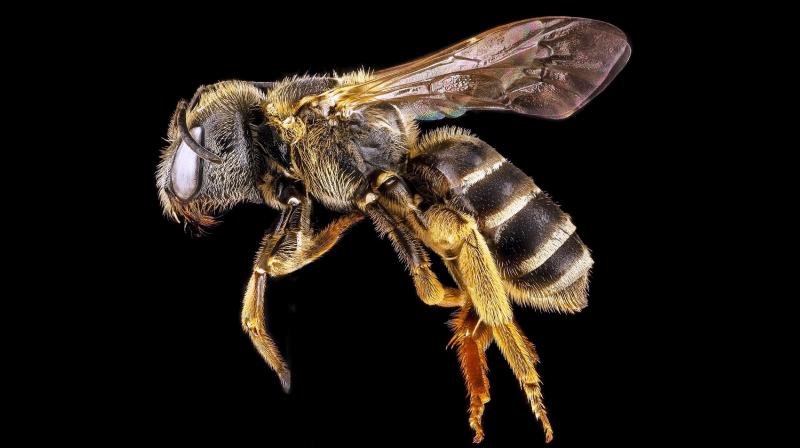World's largest bee found again

Washington: The world’s largest bee, roughly the size of a human thumb, has been rediscovered in a remote part of Indonesia for the first time in nearly 40 years, researchers revealed Thursday.
Known as Wallace’s giant bee, it was discovered in the 19th century by British naturalist Alfred Russel Wallace and was nicknamed the ‘flying bulldog.’ The bee has not been seen in the wild since 1981, until now.
A team, composed of natural history photographer Clay Bolt, entomologist Eli Wyman, behavioural ecologist Simon Robson and ornithologist Glenn Chilton, spent years studying the bee and slogged around in humid Indonesia forests for days before stumbling upon one, reported CNN.
Researchers found one of the giant bees living in a termite's nest after five days of searching. It has a 2.5 inch wingspan and its body is roughly the size of a human thumb. The team's guide spotted an interesting looking nest about 8 feet off the ground and when Bolt climbed onto a tree to take a closer look, he saw a lone female Wallace's giant bee.
The team waited a couple hours for her to emerge and then finally decided to tickle it with a piece of grass. The bee walked right out into a large tube. Once the bee was released, Bolt was able to capture the bee in flight.
"To actually see how beautiful and big the species is in life, to hear the sound of its giant wings was just incredible," said Bolt, adding, "My dream is now to elevate this bee to a symbol of conservation in this part of Indonesia, a point of pride for the locals there."

